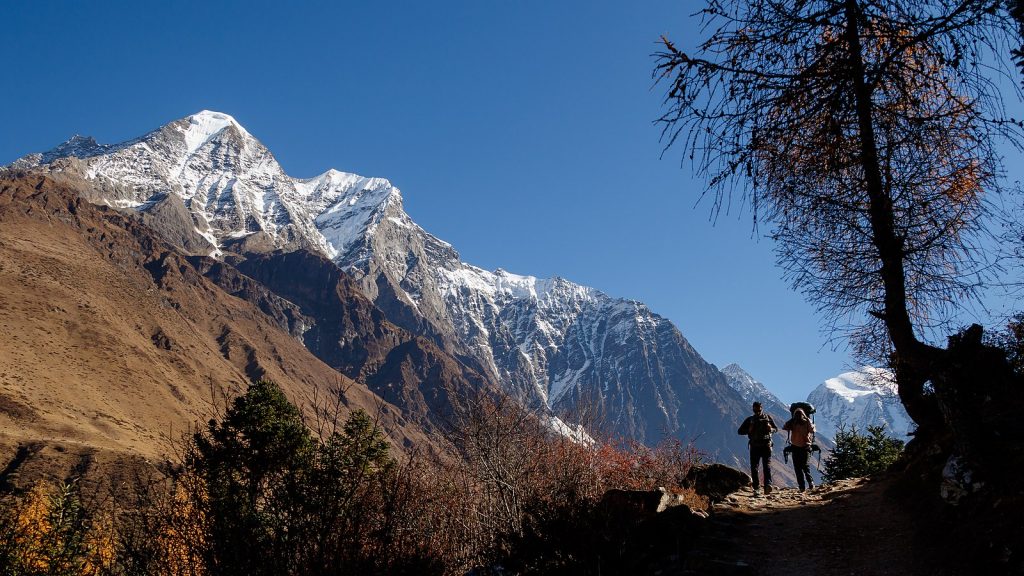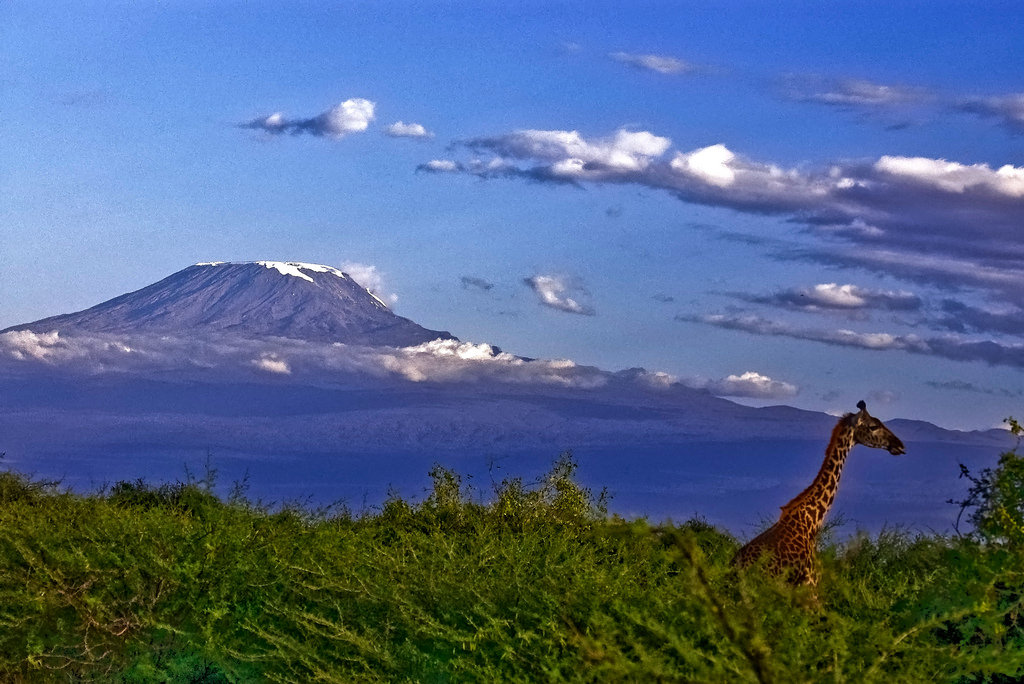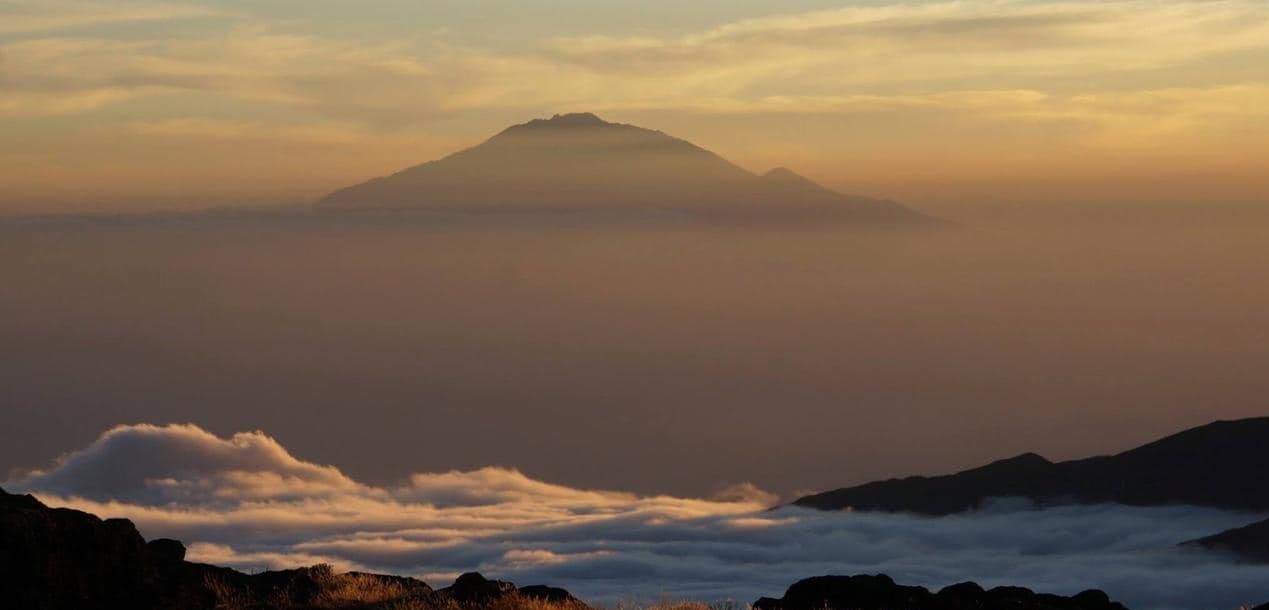...Weather Abates on Manaslu...
Great news from the Himalayas, the bad weather has past and as Tendi Sherpa says "the mountains are smiling and we are smiling too"
The team will head back up the mountain for their final rotation tomorrow morning. The plan is to climb and sleep at Camp One, then Camp Two the following night, tag Camp Three returning to Camp Two on the third night and then back down to Base Camp on the fourth day to recuperate before their final summit push.
The whole team (clients and Sherpa alike) are doing great and are super motivated and hoping that conditions remain kind.
Here are some fresh photos of their smiling faces & Base Camp
Cheers
CTSS Team


...Manaslu Team Awaiting the Weather...
The team are safely back at Manaslu Base Camp after successfully spending a night at Camp One.
They were due to tag Camp Two but made the wise decision to retreat back to Base Camp in order to wait out some weather that is passing through the Manaslu region and stay out of harm's way.
They will head back up the mountain as soon as conditions allow.
Cheers
CTSS Team

...Tagged C1 on Manaslu...
The CTSS Manaslu team have done their first foray onto the peak completing a long glacier traverse to tag Camp 1 successfully. They have descended back to Base Camp.
They will enjoy a rest day today and tomorrow move up to Camp 2 where the route starts to get a little more engaging before retreating back to Camp 1 for the night as part of their acclimatization.
Sherpa team have moved all logistics and cached up to Camp 2 ready for their arrival.
All well on the hill and everyone in great spirits.
Cheers,
CTSS Team

...Manaslu Base Camp...
The team touched down in Base Camp on Wednesday and are doing great.
We chose to employ a conservative acclimatization schedule to allow climbers' bodies time to adjust so the team have spent the last few days settling in, running through gear and strategy etc and doing a training day to refresh their skills before they head out onto the Manaslu Glacier and begin their climb in earnest.
Today they are doing their Puja Ceremony to pray for a safe expedition as it is an auspicious day and tomorrow they will climb to camp 1 which is about 5,700m before returning again to Base Camp as part of their acclimatization.
Cheers
CTSS Team

...Manaslu Team Trekking In...
The Manaslu team are doing great and continuing their trek into BC expecting to arrive the day after tomorrow. They've just arrived at Samagau for lunch.
Everyone did really well coming across the high point on the trek - Larke Pass at 5,100m.
The team are expected into Base Camp the day after tomorrow. News from the peak is that the ropes have already been fixed to Camp 3 which will spread the traffic out which is always welcome news.
Manaslu is the highest peak in the Gorkha District and is located about 64km from Annapurna. The word means 'Mountain of the Spirit and comes from the Sanskrit 'Manasa' meaning 'soul' or 'intellect.
It was first climbed in 1956 by Japanese mountaineers Toshio Imanishi & Gyalzen Norbu.
All going well,
Cheers
CTSS Team


...Manaslu Team begin Trek...
The CTSS Manaslu Team are just beginning their trek into Base Camp having completed their two days worth of driving from Kathmandu to Dharapani.
They will be really excited to stretch their legs and get the blood pumping in the mountain air and feel like the expedition is truly underway.
The trek to the 8th highest peak in the world standing at 8,156m should take 5 days.

...Manaslu Team Arrive...
The CTSS Manaslu team have touched down safely into Kathmandu ready to trek into Manaslu Base Camp with all the necessary permits in place. They will depart tomorrow morning at 8am towards Beshisar. It will take 9 days to reach Base Camp with 2 days of driving and 7 days of trekking which will give the team a great acclimatization foundation.
They'll check in when they can and we'll be in contact on the satellite phone throughout the expedition so make sure you check back into the blog regularly for updates but please remember that no news is good news and there will be times where we go a few days between dispatches.
Excited to get underway!
Cheers,
Caroline


...Kilimanjaro Summits...
With our private team summiting at 7:30am local time, congratulations Eugen and Ole - they are now making their way down to Mweka Camp and will come off the mountain tomorrow ready for their celebration safari!
That tops off a fantastic season on Kilimanjaro for CTSS with 100% success and everyone on top this year. With our youngest climber being and our eldest being a month shy of 80 - it's quite the achievement.
Come join the fun with us next year.
Cheers
Caroline

...Farewell Elbrus, CTSS 100% On The Season

As August comes to an end, a few last photos in from our Elbrus season this past month where CTSS had a 100% success rate. With a few of our team members even adding ski descents as well as others tagging both east and west summits. A big shout out to our outstanding guides' team as well as our climbers for getting it done!
And it's not always pain and suffering - as Ashley Austin's recent photos attest. Home and enjoying the spoils of not only summits but the chance to stop and smell the roses along the way. This time in the form of sweeping views across the Caucasus range including Mt Ushba, known as the Matterhorn of the range. Our 2020 trips are already booking fast so get in touch with us soon if you're eyeing a spot for next summer!
And from Russia, our attention turns this week towards the Himalaya. Our Manaslu team are finishing the final gear pack and readying to head out this weekend. Last-minute battery resupply, fitting all the essentials around the 8000m boots, and getting ready for the Kathmandu circus on arrival. Here we go!

...Positioned for the Summit...
Our Kilimanjaro private team spent the night at Karanga Camp and should be arriving to High Camp as we write, positioned for their summit bid.
They will leave in the early hours of the morning, trekking through the sunrise and making their way up to the summit in the magic hour dawn light. The team is doing great!
Cheers
Caroline








